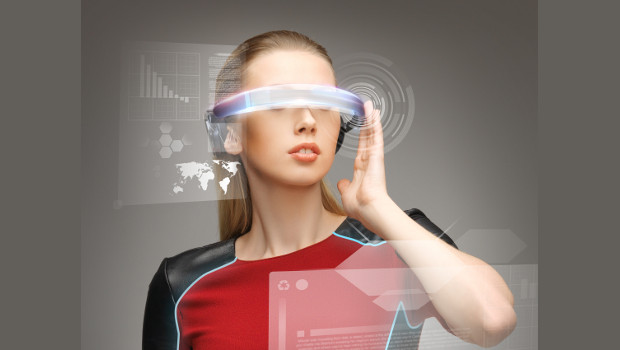Mainstream prediction
Frank Palermo, senior vice president of global technical solutions at Virtusa, agrees. This US-based consultancy has a lot of experience in wearable tech and is currently part of the Google Glass early adoption programme.

The adoption of wearable technology in the workplace will be greatly driven by the millennial generation. Youth and technology are creating a catalyst for organisational change, Frank Palermo, Virtusa
“While wearable technology is still in its infancy, there is no doubt that it will become mainstream. We are already seeing many consumer electronics companies increasing their focus in this area. Firms like Sony, for example, are divesting certain product lines like Vaio laptops and are instead focusing on its SmartWear line of wearable electronics,” he said.
Virtusa believes that wearable technology is the next stage towards having a totally mobile business, that it will be ubiquitous in years to come, and that it is important that businesses embrace it early to understand what it will mean for them.
“The adoption of wearable technology in the workplace will be greatly driven by the millennial generation. Youth and technology are creating a catalyst for organisational change,” Palermo said. “The pace of innovation today has never been greater and the challenge for many corporations lies in harnessing the power of these changes as a competitive weapon. Wearable technology is just the next frontier.”
Palermo believes that the younger generation of executives, who have grown up with technology embedded into their everyday lives, hold the key to this business transformation.
“This audience cannot be ignored — they are your employees, your customers and potentially your employers in years to come. In terms of attributes, this generation has high self-esteem, believes in networking and has an intense interest in new communication technologies. To them, wearable technologies will be hugely appealing and companies that ignore this market do so at their peril,” he said.
Integrated experience
Virtusa is using its innovation centres to explore practical use cases for Google’s Glass technology, starting with an initiative to merge the physical in-store experience of shopping with a customer’s online experience.
“Today those channels are not very well integrated. You have an online experience with your bank, retailer or merchant, but when you walk into their store there is very little convergence between the two. We believe Google Glass can help bridge that connection by supplying capabilities that integrate the experiences,” said Palermo.
One example of this is a work-around for card-less ATM machines. This would involve customers being able to withdraw money from an ATM via their mobile or Glass device, then walking into a bank branch and using the Glass device to complete the transaction via an ATM kiosk.
“Today, we are seeing much faster adoption speeds when it comes to new technologies. At first, the main push will come from the consumer market, but as with smart phones, this will soon drive the corporate and public sector to start looking at how they can use the technology to engage with customers, and to increase worker productivity,” said Palermo.
Adoption will vary from organisation to organisation, he believes. For field operations and emergency services there is a clear benefit to having hands-free smart devices as they allow staff to access vital information on the ground. Similarly in healthcare, being able to monitor patients while they are at home could help transform the industry.

The challenges around supporting wearable technology seem essentially the same as those that concern managing the BYOD phenomenon. How do we ensure that these devices are deployed correctly, that we can trust them? There needs to be a clear line of demarcation governing who is responsible for them, Jimmy Sheahan, technical director of Ergo
“For enterprise, I think we will see wearable technology largely fall into the BYOD camp at first, enabling people to do things from anywhere in any way they choose. As with current smart devices, employees will want to use the same technology as they do at home in the workplace,” Palermo said. “We have seen this more broadly with mobile and can expect to see a similar revolution over the coming years in relation to wearable technology.”
Revealing figures
According to a recent study carried out by the Centre for Creative and Social Technologies (CAST) at Goldsmith’s University of London, 18% of the 4,000 UK and US adults surveyed were already using some kind of wearable device.
The research also found that 6% of employers are already providing wearable devices to workers. A further third said they would be willing to use wearable devices if offered to them by employers.







Subscribers 0
Fans 0
Followers 0
Followers